The metric system originated in France in 1799 following the French Revolution, although decimal units had been used in many other countries and cultures previously.
Key Facts & Summary
- The French government officially adopted the metric system in 1795, but it would take a couple more years until its values were established.
- Many consider Gabriel Mouton, a church vicar, to be the founding father of the metric system.
- The proposed system would make French scientists spend many years to refine it.
- As a convenience, the system would be decimal, with larger and smaller multiples of each unit arrived at by dividing and multiplying by 10 and its powers.
- Borrowing the Greek word “metron”, a commission gave the name “meter” to the unit of length.
- The metric system quickly spread and has been adopted by most major countries around the world.
- By 1970, most countries had converted to the metric system.
- The United States is the only major country that hasn’t adopted the metric system, while the UK has a different system of measurement.
- The metric system was created by scientists. It was designed to be logical, exact, and simple.
- There are only 7 base units in this system of measurement.
- In astronomy, there are gargantuan objects of immense proportions, and we inevitably run into some big numbers. Converting from miles (mi) to kilometers (km) has never been easier since we have so many tools now.
- One kilometer is equivalent to 0.621 miles.
- One mile is equivalent to 1.609 kilometers.
- For an approximate result in the km to mi conversion, divide the length value by 1.609.
- If you are converting from mi to km, then multiply the length value by 1.609.
The metric system follows the decimal number system, each metric unit increases or decreases in size by 10 – 1 meter = decimeters, 1 decimeter 10 centimeters, and so on.
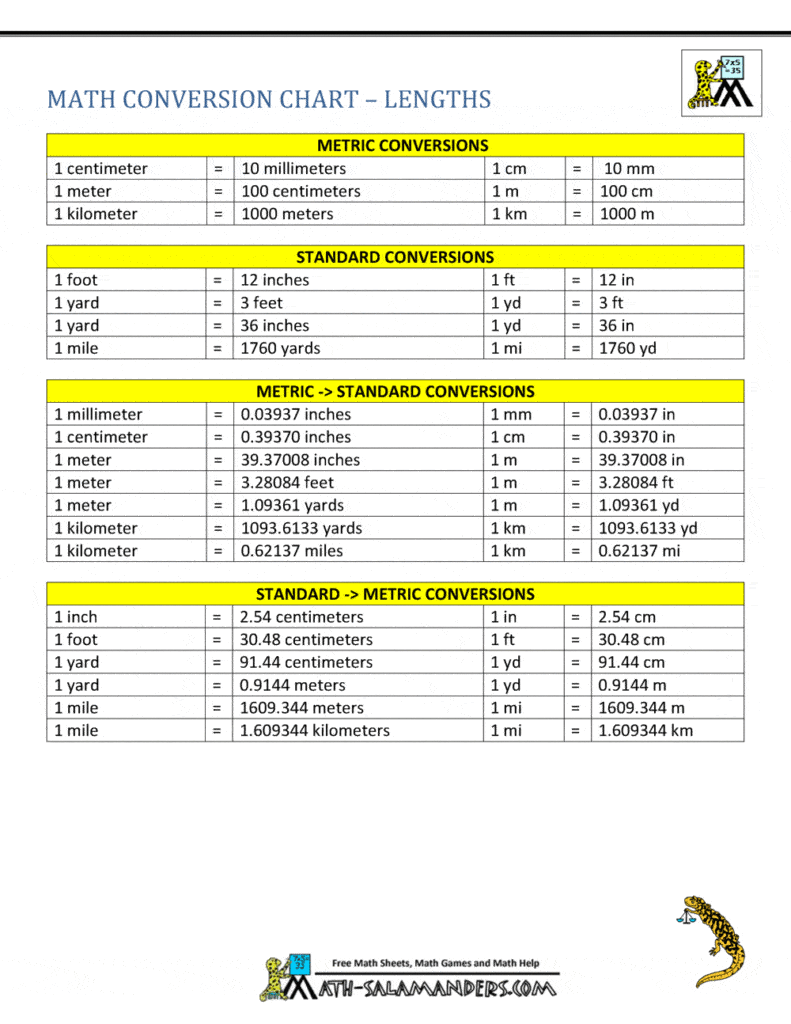
When it comes to astronomy, we are faced with many miles to kilometers conversions. The reason for this is pretty simple, the US is perhaps the dominant country in this field of study and many values are based upon their system of measurements.
To better understand these values, we inevitably have to convert them to fully grasp the wonders of the Universe. Many celestial objects are gigantic, but can we truly appreciate their scale if we are not familiar with miles, for example?
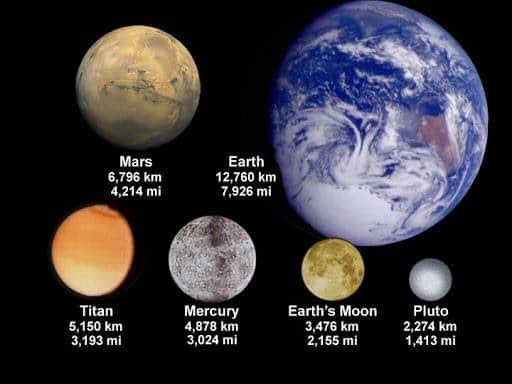
Let us take a look at Earth. Earth has a diameter of 7,917 miles. If we convert them to kilometers, the value is 12,742 km. Remember, 1 mile = 1.609 kilometers, and 1 kilometer is equivalent to 0.621 miles.
For an approximate result in the km to mi conversion, divide the length value by 1.609. If you are converting from mi to km, then multiply the length value by 1.609.
Example mi to km: It is 27 miles from my house to Cal Poly University. How far is that in kilometers?
27 X 1.609 = 43 kilometers
Example km to mi: It is 43 kilometers from my house to Cal Poly University. How far is that in miles?
43/1.609 = 27 miles
Fun Facts:
- In 1866, Congress legalized the use of the metric system in the United States. However, its use was not required.
- One kilometer is the approximate distance a healthy adult human being can walk in ten minutes.
- Deka- means 10, a dekameter is 10 meters. Hecto- means 100, a hectometer is 100 meters. Kilo-means 1,000, a kilometer is 1,000 meters.
- The mile unit of distance originated from the Roman “mille passus” – which translates to “thousand paces.” This measured around 5,000 Roman feet. Each pace was considered to be five Roman feet, which were a bit shorter than our modern feet.
- At a moderate pace, it takes around 15 to 20 minutes to walk a mile.
Trivia
Who invented kilometers?
In 1790, the Constituent assembly ordered the French Academy of Sciences to develop a new measurement system. Later, in 1793, the French National Convention decreed the metre as the sole length measurement system in the French Republic.
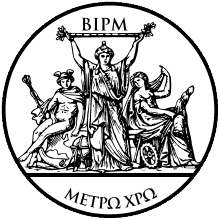
The first name of the kilometer was “Millaire”. The meter was formally defined in 1799, however, the myriametre (10,000 meters) was preferred to the “kilometer” for everyday use.
The Dutch adopted the kilometer in 1817, but only in 1867 the term ‘kilometer” became the official unit of measure in the Netherlands to represent 1000 meters. Many consider Gabriel Mouton, a church vicar, to be the founding father of the metric system.
Who invented miles?
Many countries have their own variant of miles. However, the international mile was established as part of the 1959 international yard and pound agreement reached by the United States, the United Kingdom, Canada, Australia, New Zealand, and Union of South Africa, which resolved small but measurable differences that had arisen from separate physical standards each country had maintained for the yard.
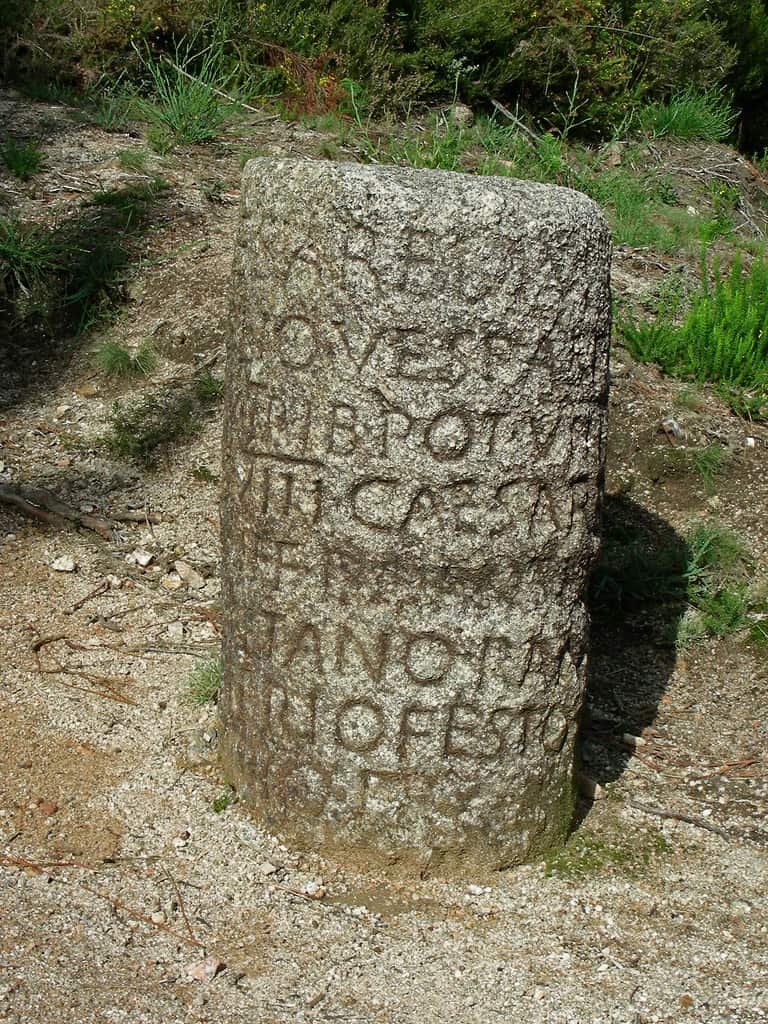
The mile was invented by the Romans and it spread throughout Europe, with its local variations giving rise to the different units (for example Italian mile, Arabic mile, British and Irish miles, and more).
The Roman mile, “mille passum” consisted of a thousand paces as measured by every other step – as in the total distance of the left foot hitting the ground 1,000 times.
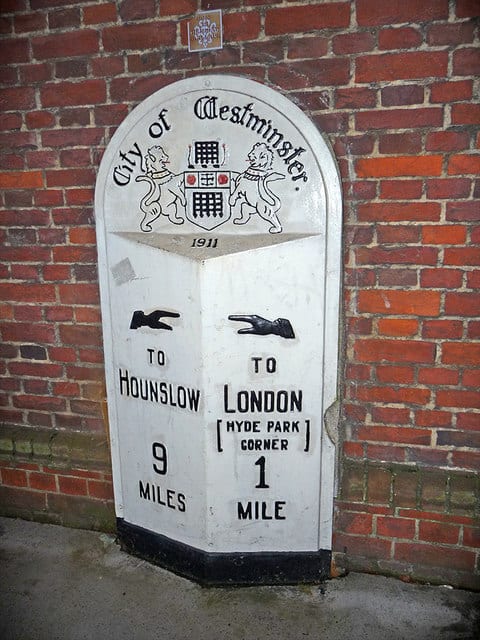
When the ancient Roman armies marched through foreign lands, they would often push a carved stick in the ground after every 1,000 paces. Also arising from the Roman mile is the milestone.
All roads radiated out from the Roman Forum throughout the Empire. At every mile, a shaped stone was placed on which there was a Roman numeral carved. This indicated the number of miles from the center of Rome – the Forum. Thus, people always knew how far away from Rome they were.
Did you know?
- Great Britain began adopting the metric system since 1965.
- Many idioms were developed based on the mile. For example, milestone, an event indicating significant progress or “To go the extra mile” – to put in the extra effort.
- The word “mile” derives from the Middle English “myle” and Old English “mil,” which have a common origin with all the other Germanic terms for “miles.”
Sources:
Image sources:
- https://www.math-salamanders.com/image-files/metric-to-standard-conversion-chart-length.gif
- https://lh3.googleusercontent.com/proxy/eZIFm1P91FN2_NrZBWkaK1vICg7-useKbAZB6f-WbUTDCZsqb7reFUbzZFg3NKdEJfZJA4x5AG91mHZYTvg2YdcFc18xD-BXHedMfXuyaNpjhvme5L5_TqHMDEg3t1jh6CVrYjirAr8
- https://upload.wikimedia.org/wikipedia/commons/thumb/1/10/Metric_seal.svg/220px-Metric_seal.svg.png
- https://live.staticflickr.com/2788/4433420799_38d86278d8_b.jpg
- https://en.wikipedia.org/wiki/Mile#/media/File:Milestone,_Knightsbridge,_London_-_geograph.org.uk_-_1590514.jpg
